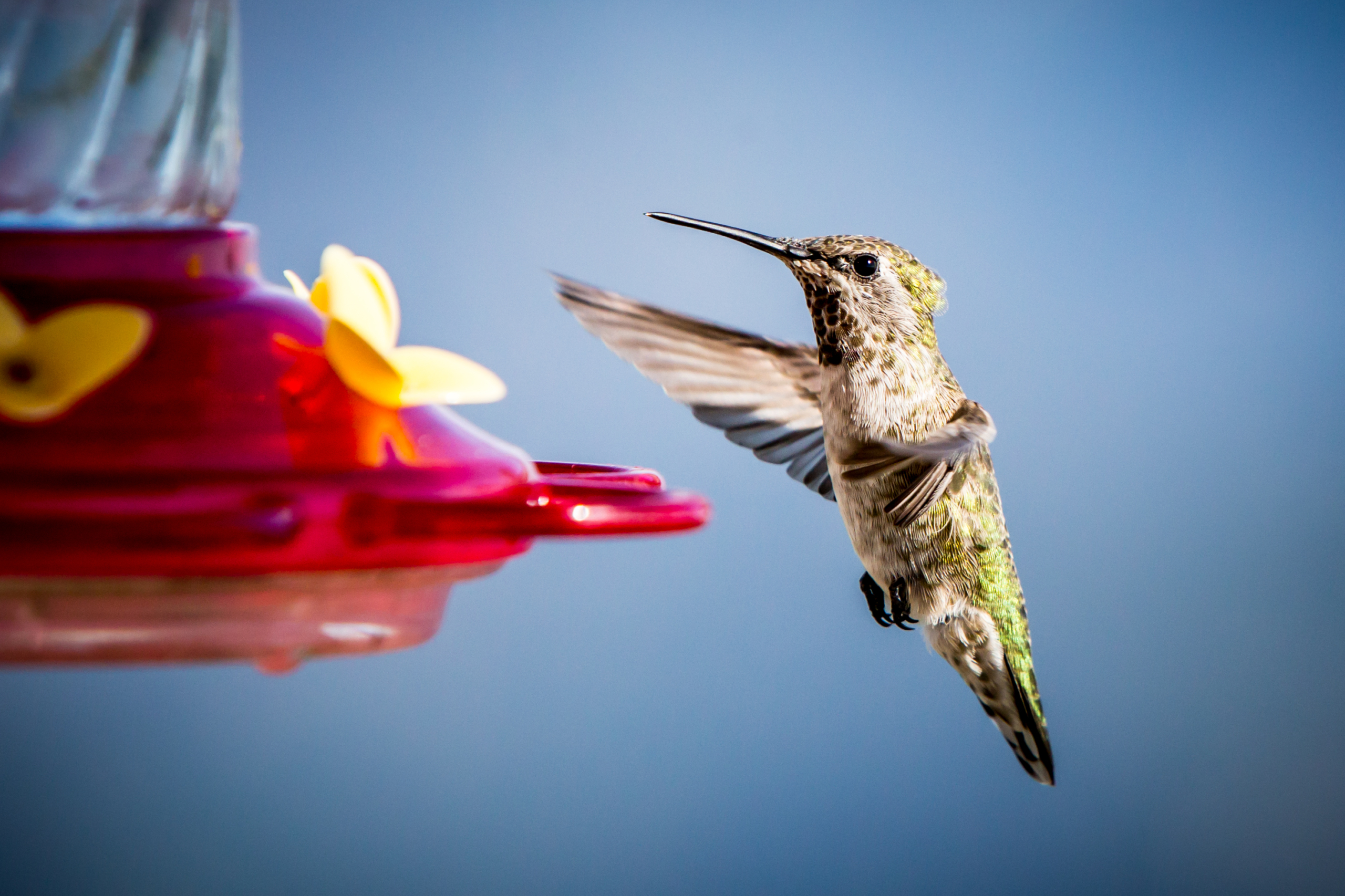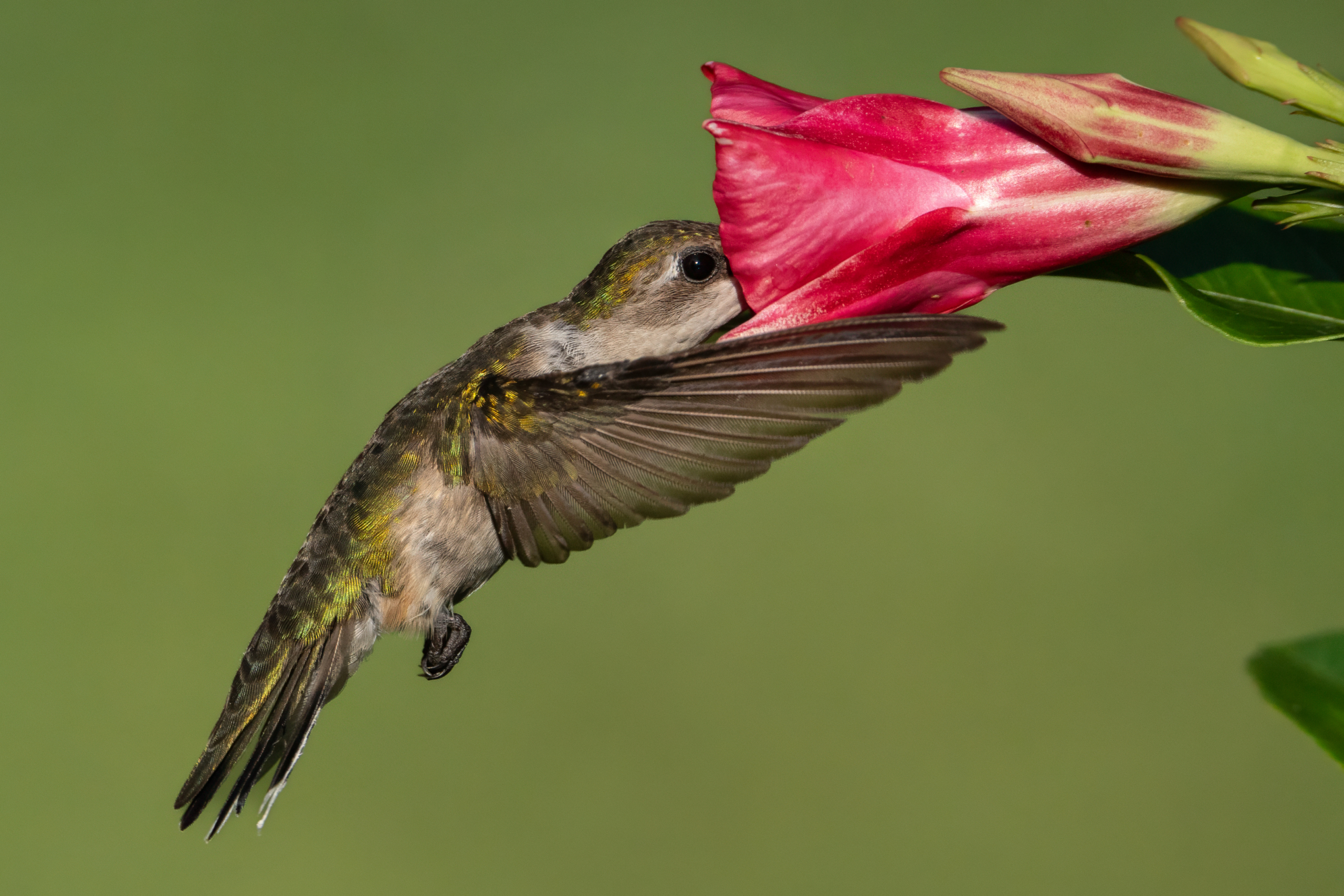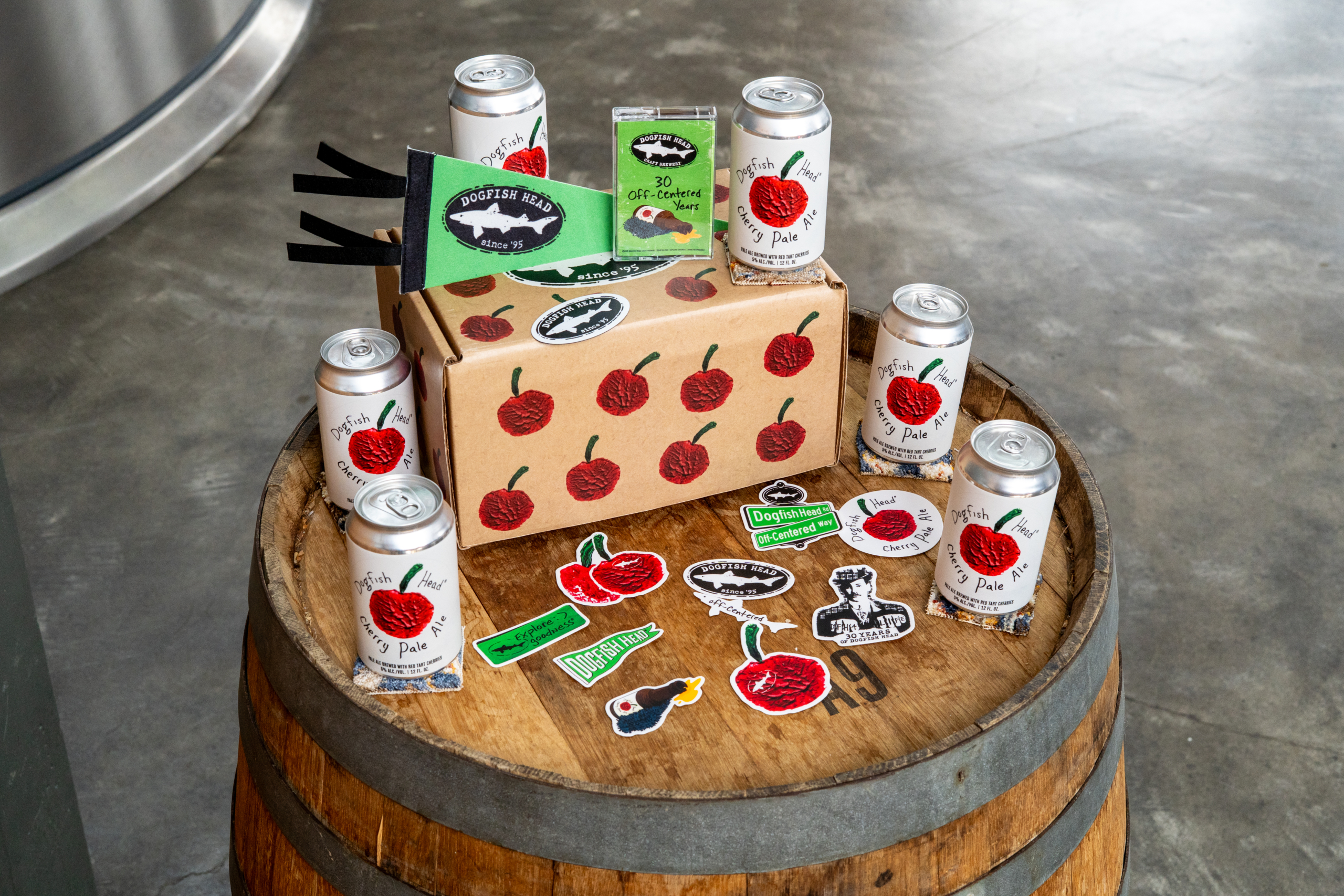Spring 2025 Hummingbird Sightings and Migration Map
The Urge to Migrate

Each spring, hummingbirds embark on an incredible journey, migrating north from their wintering grounds in Central America and Mexico to their breeding territories in the United States and Canada. This migration begins as early as February in the southern U.S. and continues into later spring for northern regions.
- Hummingbirds migrate during daylight hours when nectar sources, such as blooming flowers, are abundant.
- They fly at low altitudes to spot and stop at food sources along the way.
- By taking advantage of favorable tailwinds, they conserve energy and body fat.
- Research shows hummingbirds can travel up to 23 miles per day, but when crossing the Gulf of Mexico, they may cover as much as 500 miles in a single flight.
- Their direct flight speed averages 20-30 mph, but during courtship dives, they can reach nearly three times this speed.
The Energy Demands of Migration
The migration process demands extreme energy efficiency:
- A hummingbird’s heart beats up to 1,260 times per minute in flight.
- Their wings flap between 15 and 80 times per second.
- Before migration, they gain 25-40% of their body weight to sustain their energy levels.
- Each hummingbird migrates alone, often following the same route it has used in previous migrations.
- Young hummingbirds must navigate their first migration without parental guidance.
First Arrivals & Non-Migratory Hummingbirds
- Males typically arrive first in breeding territories.
- Some hummingbirds do not migrate, remaining year-round in California, the upper Pacific Coast, the southern United States, and parts of the southern Atlantic Coast.
Challenges Along the Journey
Hummingbirds face numerous obstacles during migration:
- Weather Conditions: Strong cold fronts over the Gulf of Mexico can bring headwinds and heavy rain, making flight more difficult.
- Lack of Shelter & Food: Over long stretches of open water, hummingbirds cannot rest or refuel.
How to Support Migrating Hummingbirds
You can help hummingbirds during migration by:
- Providing Feeders: Keep hummingbird feeders stocked with fresh nectar (a mixture of four parts water to one part sugar, with no red dye).
- Planting Native Flowers: Flowers like salvia, trumpet vine, and bee balm provide essential nectar sources.
- Creating Safe Rest Stops: Trees and shrubs offer shelter from predators and harsh weather conditions.
Spring is an exciting time to watch for the return of these remarkable birds. Keep an eye on migration maps and get your feeders ready—hummingbird season is just around the corner!
For more information about a Humming Birds Migration you may want to check out https://www.hummingbirdcentral.com/hummingbird-migration.htm

























